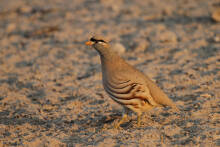
Ammoperdix griseogularis
Ammoperdix griseogularis,See-see Partridge
Ammoperdix griseogularis and See-see Partridge. Usually living in pairs, see···
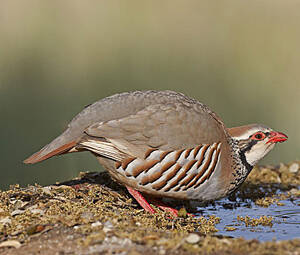
Alectoris rufa
Alectoris rufa,Red-legged Partridge
Red-legged Partridge (Alectoris rufa) has three subspecies.Red-legged cocker···
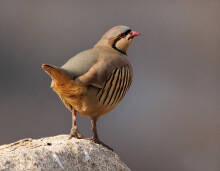
Alectoris philbyi
Alectoris philbyi,Philby’s Partridge
The scientific name of the black-faced grouper is Alectoris philbyi, and the···
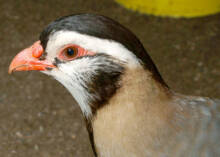
Alectoris melanocephala
Alectoris melanocephala,Arabian Partridge
Arabian chicken scientific name Alectoris melanocephala, foreign name Arabia···
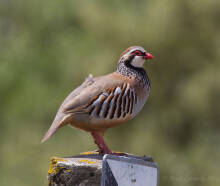
Rock Partridge
Rock Partridge,Alectoris graeca
European grouper (scientific name: Alectoris graeca), foreign name Rock Part···
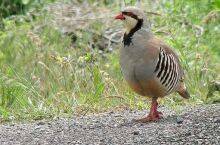
Alectoris chukar
Alectoris chukar,Chuckar,Chukar,Chukar Partridge
Alectoris chukar (Chuckar, Chukar, Chukar Partridge) is a medium-sized pheas···
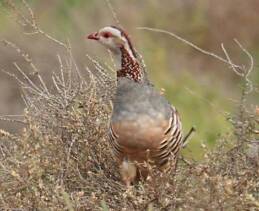
Alectoris barbara
Alectoris barbara,Barbary Partridge
North African rock chicken scientific name Alectoris barbara, foreign name B···
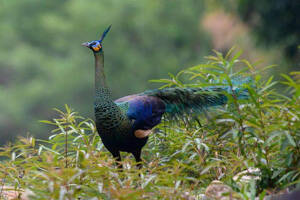
Congo peafowl
Congo peafowl,Congo Peacock,Afropavo congensis
Congo Peacock (Afropavo congensis) : Congo peafowl, Congo Peacock, no subspe···
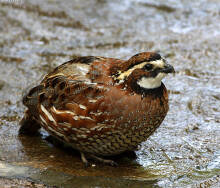
Rhynchortyx cinctus
Rhynchortyx cinctus,Tawny-faced Quail
Tawny-faced Quail (Rhynchortyx cinctus) feeds on plant seeds and insects. Th···
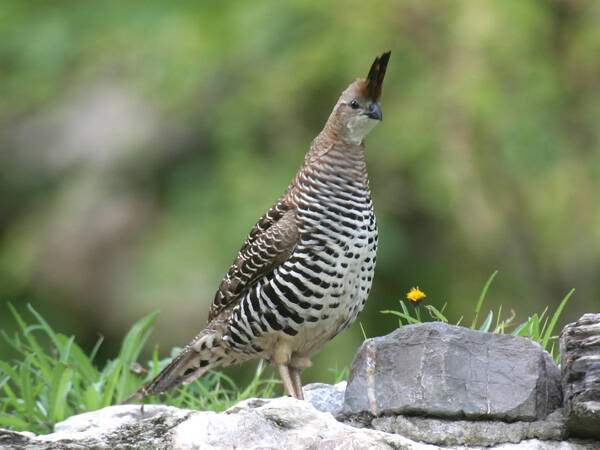
Philortyx fasciatus
Philortyx fasciatus,Banded Quail
The Quail (Philortyx fasciatus) is a ground-dwelling bird, usually living in···

Oreortyx pictus
Oreortyx pictus,Mountain Quail
Mountain Quail (Oreortyx pictus) has five subspecies.Quails are terrestrial ···
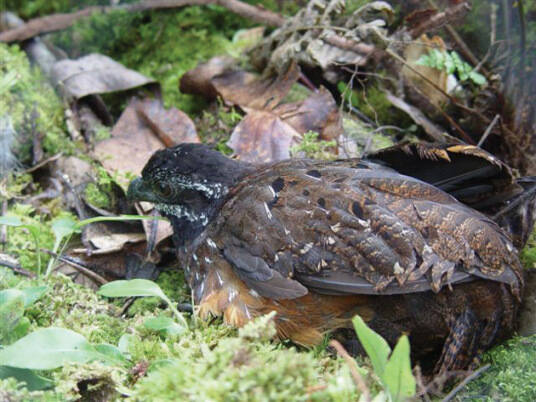
Odontophorus strophium
Odontophorus strophium,Gorgeted Wood-quail
Gorgeted Wood-quail, Odontophorus strophium and Gorgeted wood-quail, are typ···
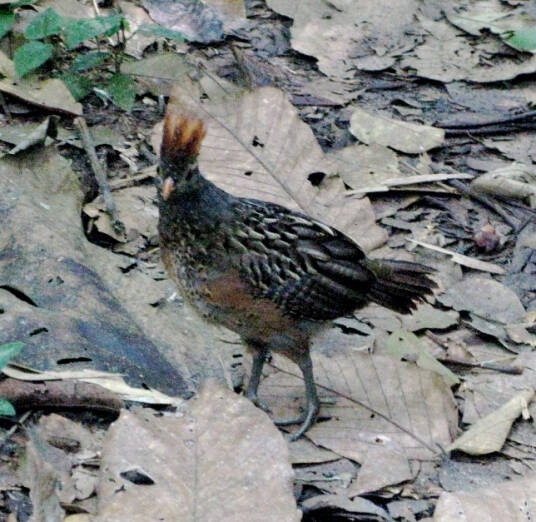
Odontophorus stellatus
Odontophorus stellatus,starred wood quail
starred wood quail (Odontophorus stellatus, starred wood quail) is active at···
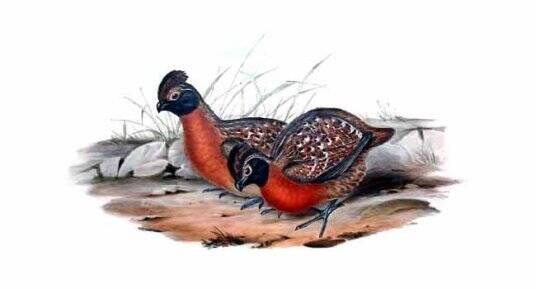
Odontophorus speciosus
Odontophorus speciosus,Rufous-breasted Wood-quail
Odontophorus speciosus and Rufous-breasted Wood-quail are active at dawn or ···
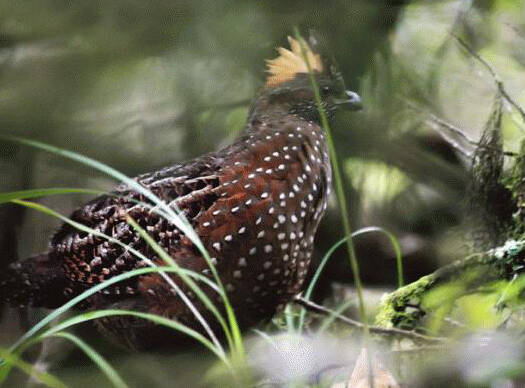
Odontophorus melanotis
Odontophorus melanotis,Black-eared Wood-quail
Odontophorus melanotis, or Black-eared Wood-quail, is usually active at dawn···
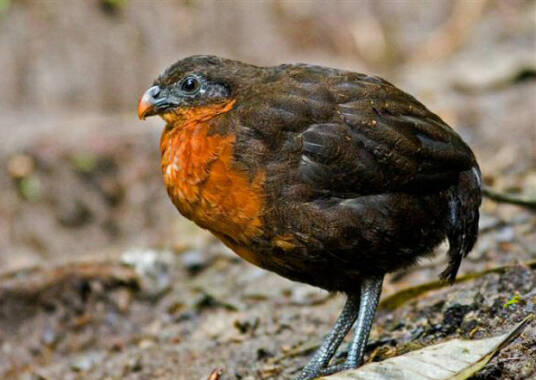
Odontophorus melanonotus
Odontophorus melanonotus,Dark-backed Wood-quail
melanonotus melanonotus, or Dark-backed Wood-quail, is active at dawn or dus···

Odontophorus leucolaemus
Odontophorus leucolaemus,Black-breasted Wood-quail
Odontophorus leucolaemus and Black-breasted Wood-quail are active at dawn or···
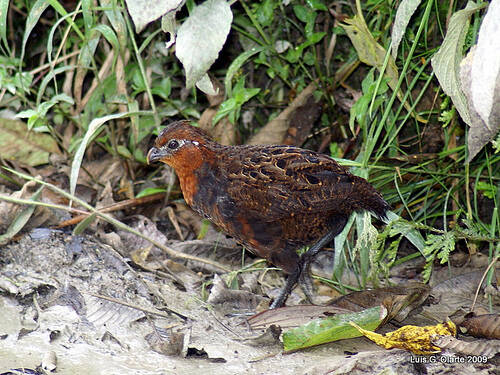
Odontophorus hyperythrus
Odontophorus hyperythrus,chestnut wood quail
chestnut quail, whose scientific name is Odontophorus hyperythrus and whose ···
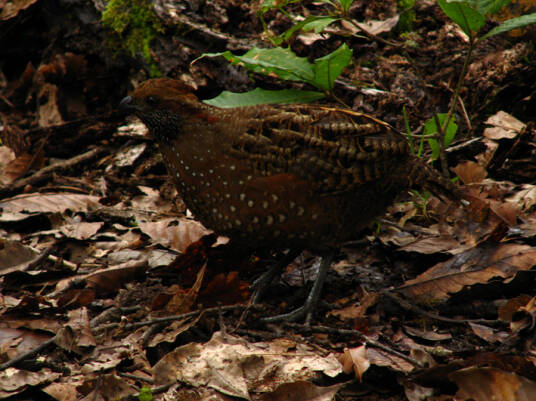
Odontophorus guttatus
Odontophorus guttatus,spotted wood quail
Known as Odontophorus guttatus and spotted wood quail, they are usually acti···
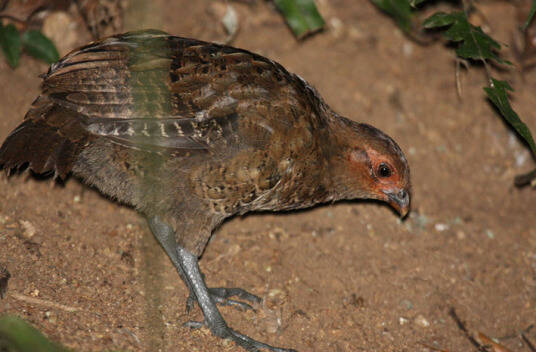
Odontophorus gujanensis
Odontophorus gujanensis,Marbled Wood-quail
Odontophorus gujanensis, Marbled Wood-quail, is usually active at dawn or du···
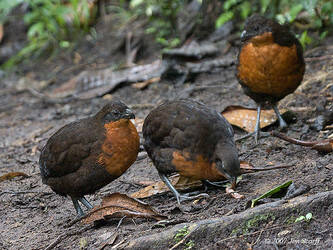
Odontophorus erythrops
Odontophorus erythrops,Rufous-fronted Wood-quail
Odontophorus erythrops, Rufous-fronted Wood-quail, is usually active at dawn···
